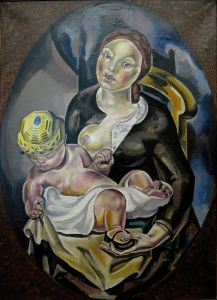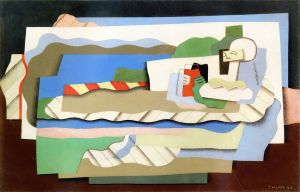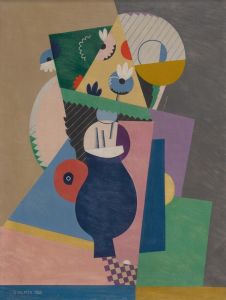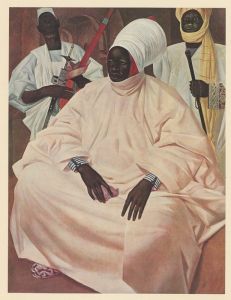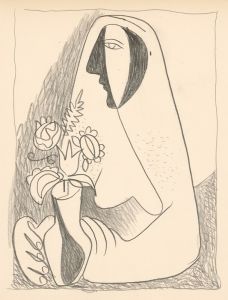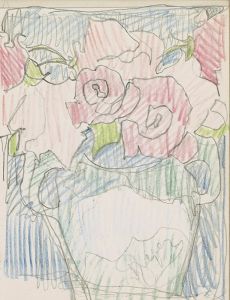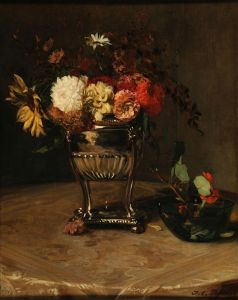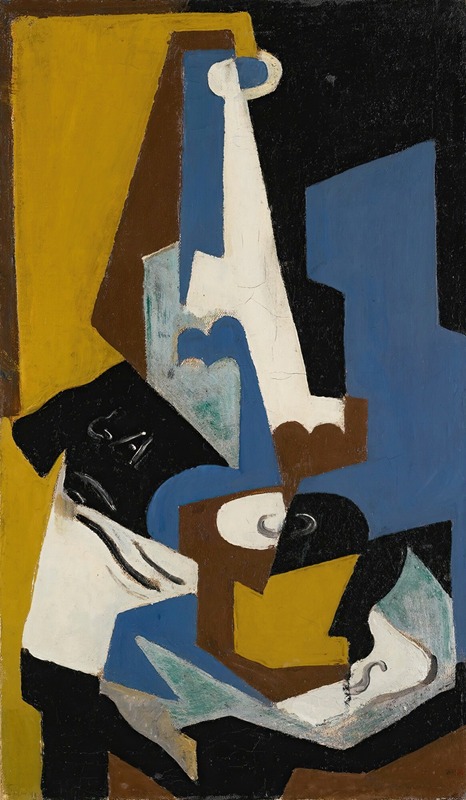
Nature Morte
A hand-painted replica of María Blanchard’s masterpiece Nature Morte, meticulously crafted by professional artists to capture the true essence of the original. Each piece is created with museum-quality canvas and rare mineral pigments, carefully painted by experienced artists with delicate brushstrokes and rich, layered colors to perfectly recreate the texture of the original artwork. Unlike machine-printed reproductions, this hand-painted version brings the painting to life, infused with the artist’s emotions and skill in every stroke. Whether for personal collection or home decoration, it instantly elevates the artistic atmosphere of any space.
María Blanchard was a prominent Spanish painter known for her contributions to the Cubist movement in the early 20th century. One of her notable works is "Nature Morte," which translates to "Still Life" in English. This painting exemplifies her unique approach to Cubism, characterized by a blend of geometric abstraction and a subtle emotional depth.
Blanchard was born in 1881 in Santander, Spain, and she pursued her artistic education in Madrid before moving to Paris, where she became part of the vibrant avant-garde community. Her interactions with other artists, such as Juan Gris and Diego Rivera, influenced her style and helped her develop her distinctive voice within the Cubist movement.
"Nature Morte" reflects Blanchard's mastery of form and composition. In this work, she employs the typical Cubist technique of breaking down objects into geometric shapes and reassembling them on the canvas. This method allows her to explore the relationship between form and space, a central theme in Cubist art. The painting features a carefully arranged composition of everyday objects, which may include items like bottles, fruits, and tableware, though the specific objects in "Nature Morte" are not detailed in available records.
Blanchard's use of color in "Nature Morte" is noteworthy. She often employed a muted palette, which was common among Cubists, to emphasize form over color. However, her works sometimes included subtle color variations that added a layer of emotional resonance to the otherwise analytical style of Cubism. This balance between form and feeling is a hallmark of Blanchard's work and contributes to her unique position within the movement.
The painting also demonstrates Blanchard's interest in texture and surface. She often used thick layers of paint to create a tactile quality, inviting viewers to engage with the work on a sensory level. This technique adds depth to the composition and enhances the three-dimensional illusion that Cubism seeks to achieve on a two-dimensional plane.
Blanchard's contributions to Cubism were significant, yet she remained somewhat overshadowed by her male contemporaries. Despite this, her work has gained recognition over time, and she is now celebrated as one of the key figures in the movement. "Nature Morte" is an example of her ability to infuse Cubism with a personal touch, blending rigorous formal experimentation with a sensitivity to the emotional potential of art.
In summary, María Blanchard's "Nature Morte" is a testament to her skill and innovation as a Cubist painter. Through her use of geometric abstraction, careful composition, and subtle color and texture, she created a work that is both intellectually engaging and emotionally resonant. Her legacy as a pioneering artist continues to be appreciated by art historians and enthusiasts alike.





